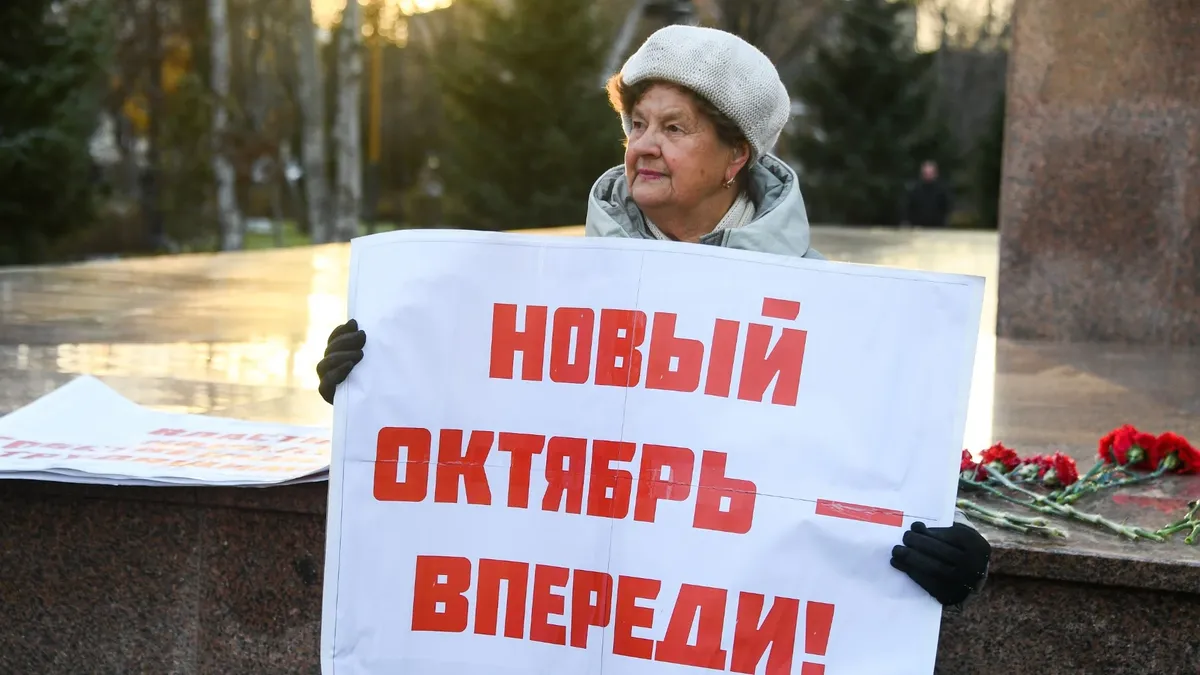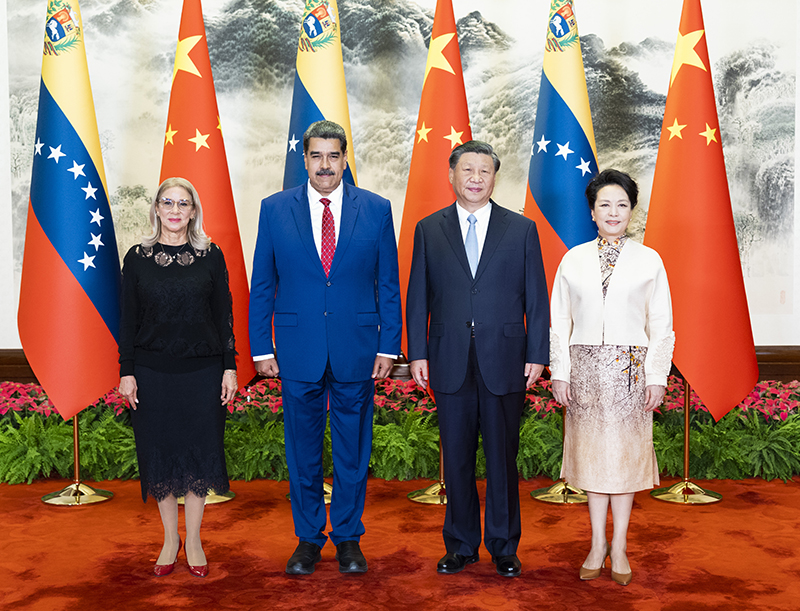ARMENIA AND AZERBAIJAN….
ARMENIA AND AZERBAIJAN….
Presidents Robert Kocharian and Haidar Aliev held direct talks in Paris March 4-5 but failed to resolve the issues of principle that block any real progress in their negotiations. The current version of a centuries-old dispute dates to 1988, when the Armenian majority in Karabakh rebelled against Azeri rule. When Soviet authority in the region collapsed in 1991, the two sides began a war that left an estimated 30,000 people dead and a million displaced from their homes before a cease-fire stopped the violence in 1994. Most of the displaced are Azeris, refugees from Muslim districts near Karabakh that Armenian troops “cleansed” and still occupy.
In the peace talks, Armenia insists on a package that includes transfer of sovereignty away from Azerbaijan; concession of a territorial corridor linking Karabakh to Armenia; and international security guarantees that would allow Karabakh to maintain its own armed forces and permit Armenian military intervention if necessary. In Armenia’s view, this package is a precondition to addressing the refugee problem.
Azerbaijan offers a settlement based on “the highest level of autonomy” for Karabakh within Azerbaijan. But most important, President Aliev insists that as a first step, not a last one, Armenia must pull its troops out of Azeri territory outside Karabakh and allow the return of Muslim refugees.
The two sides seemed to be moving toward a negotiation based on Azerbaijan’s step-by-step approach until political upheaval in Armenia in late 1999 weakened Kocharian’s position and led him to take a harder line.
As poor as Armenia and Azerbaijan may be (they rank 159 and 163 among World Bank members in per capita income, below Cameroon) Karabakh–destroyed by war and then left in isolation–is poorer still. The average monthly wage is $40, less than half of what it is in Russia.


